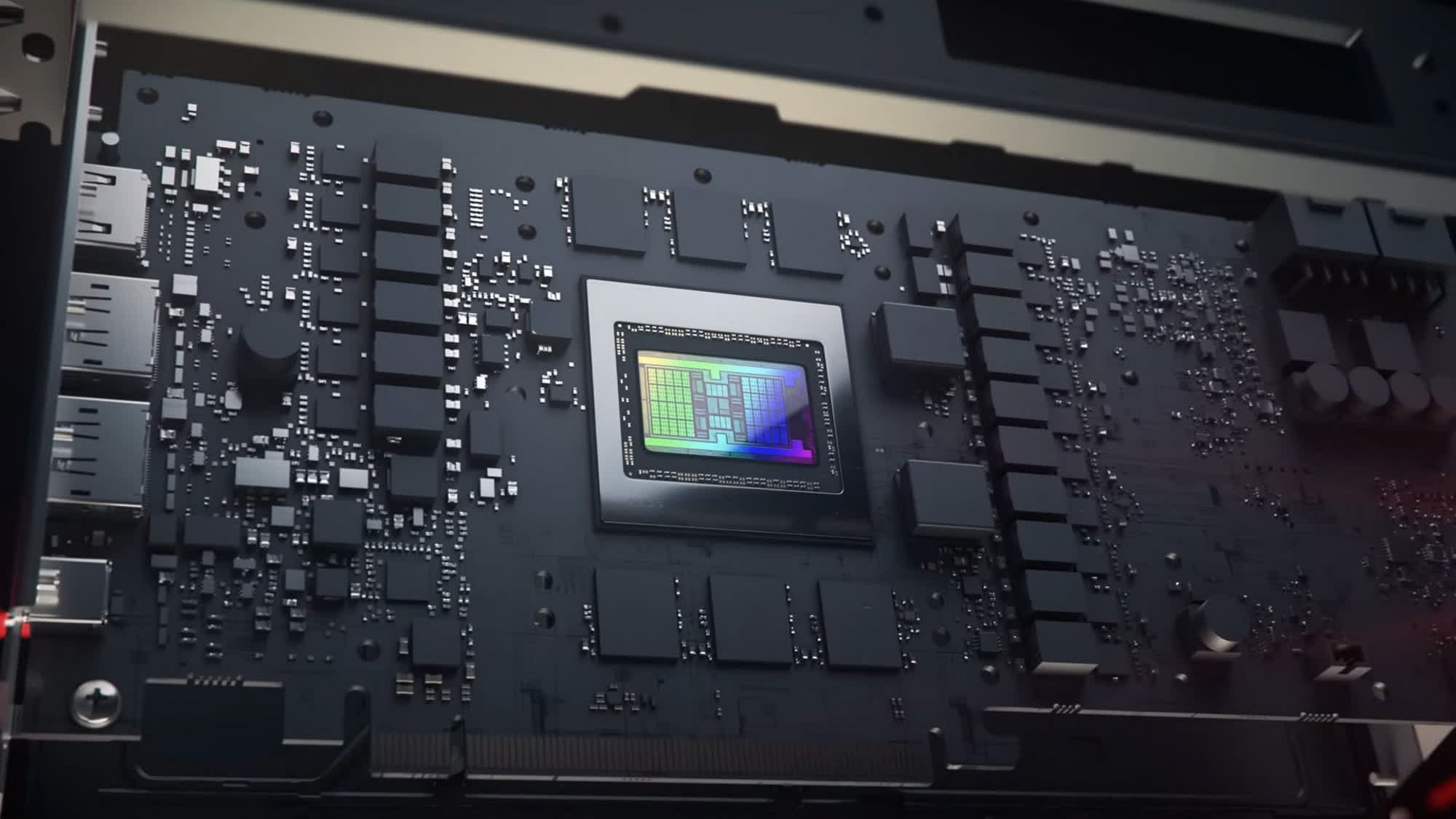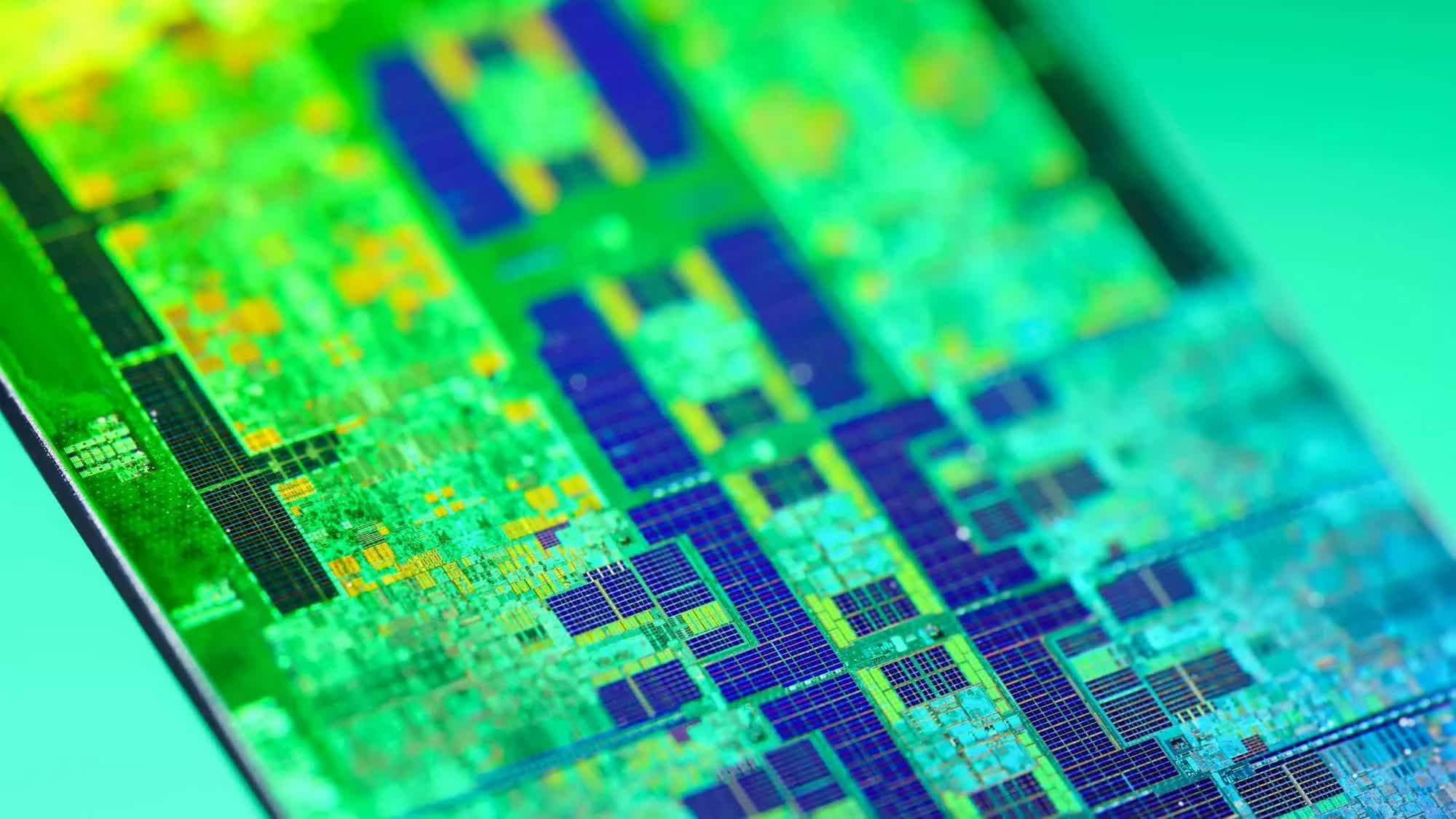In context: JEDEC is an independent trade organization overseeing the development of technology standards in the semiconductor industry. With over 350 members, including some of the world's largest computer companies, JEDEC has 100 different committees and task groups working in every segment of the industry.

The JEDEC Solid State Technology Association recently announced the final version of the new GDDR7 memory standard. Open specifications for the JESD239 Graphics Double Data Rate (GDDR7) SGRAM tech are available for download from the JEDEC website, and they're poised to provide all the memory bandwidth needed by future high-performance computing applications including gaming, 3D graphics, networking, and, of course, AI.
The major technology improvement included in the JESD239 GDDR7 standard is a Pulse Amplitude Modulation (PAM) interface for high frequency operations, JEDEC said. PAM3 improves the signal-to-noise (SNR) ratio, while enhancing energy efficiency at the same time. The interface uses three levels (+1, 0, -1) to transmit 3 bits over 2-cycles, the organization explained, while the traditional NRZ (non-return-to-zero) interface can only send 2 bits over 2-cycles.
PAM3's higher data transmission rate translates to a significant performance improvement, allowing GDDR7 memory chips to reach up to 192 GB/s "per device." GDDR7 also includes additional advanced features such as Core independent LFSR (linear-feedback shift register) training patterns, twice the number of GDDR6's two independent channels, and support for 16 Gbit to 32 Gbit densities, including 2-Channel mode for a doubled "system capacity."

GDDR7 can better answer the market's needs for Reliability, Availability, and Serviceability (RAS), JEDEC stated, as the new memory tech incorporates the latest and greatest data integrity features including on-die ECC (ODECC), real-time reporting, CAPARBLK, and more. Mian Quddus, chairman of JEDEC's board of directors, highlighted how JESD239 GDDR7 marks a "substantial advancement" in high-speed memory design. Thanks to the PAM3 interface, GDDR will keep extending memory performance in the years to come.
GDDR7 is the first standard to focus both on bandwidth improvement and RAS industry needs, JEDEC said, providing a better memory solution for growing markets such as cloud gaming, AI applications, and data centers. Everyone in the semiconductor industry is on board with GDDR7 support, with AMD talking about a groundbreaking memory standard and Nvidia expressing its "excitement" for the adoption of PAM signaling as the foundation of GDDR7.
According to Samsung executive vice-president (EVP) YongCheol Bae, GDDR7 32Gbps chips will achieve 1.6x higher performance (over the previous generation) while providing the "highest reliability" and cost effectiveness at the same time. The first GDDR7 VRAM chips are expected to come together with the next-generation consumer GPU architectures from Nvidia (Blackwell, aka GeForce RTX 5090) and AMD (RDNA 4) in 2025.